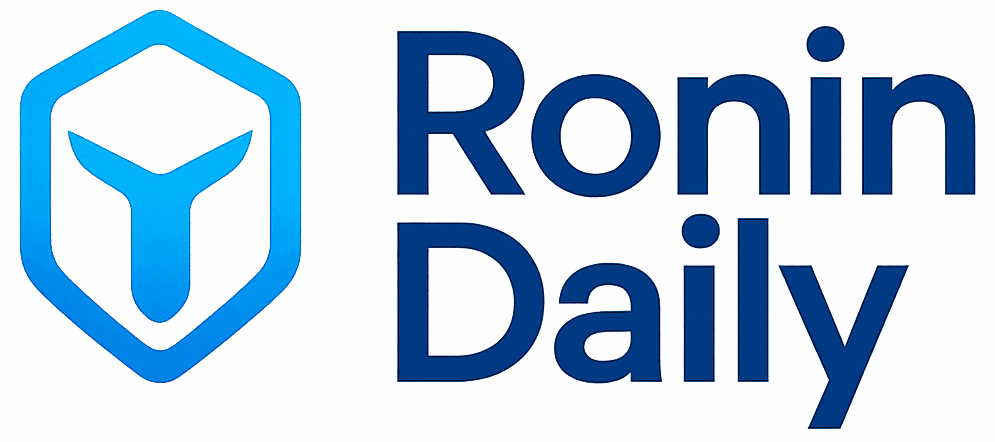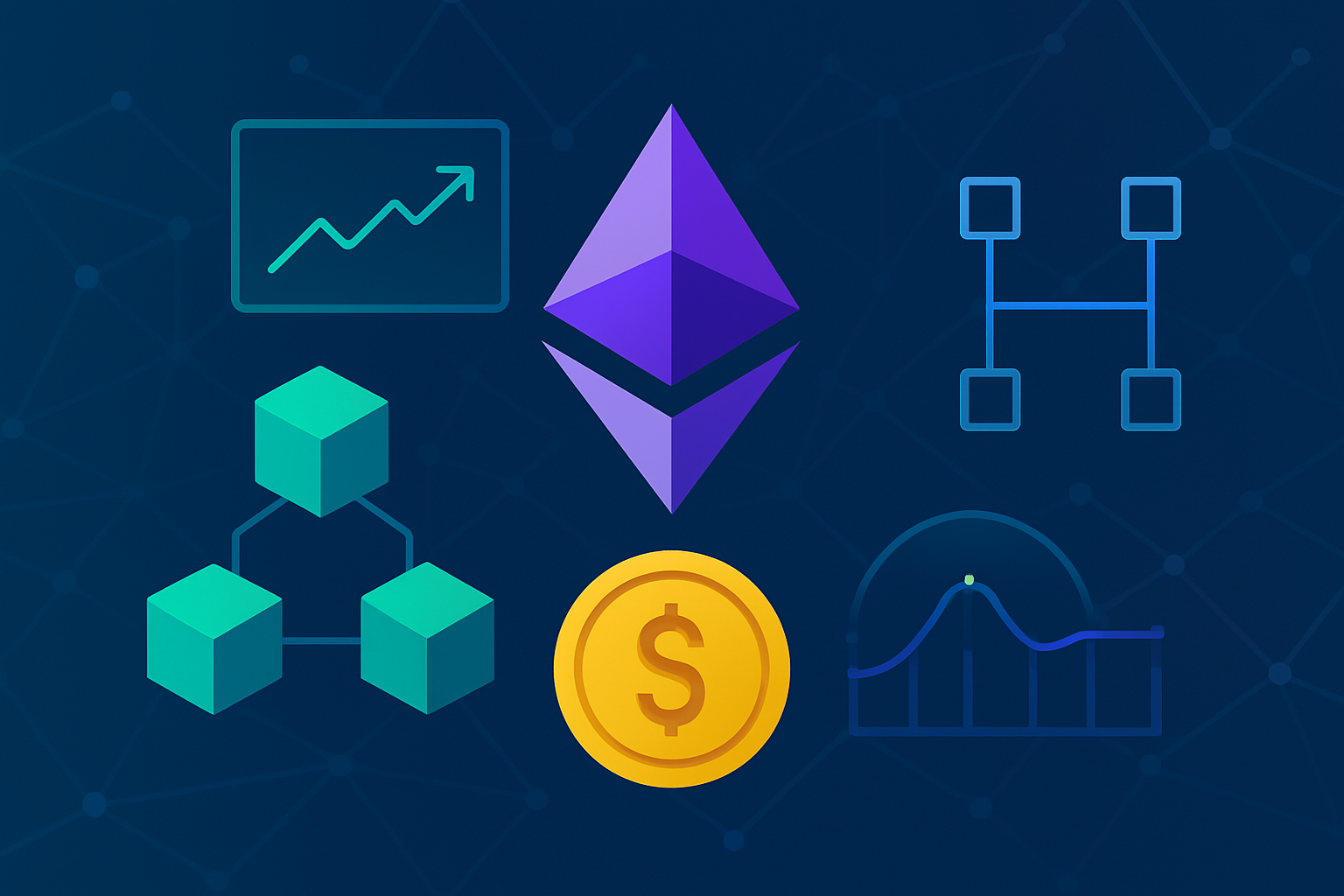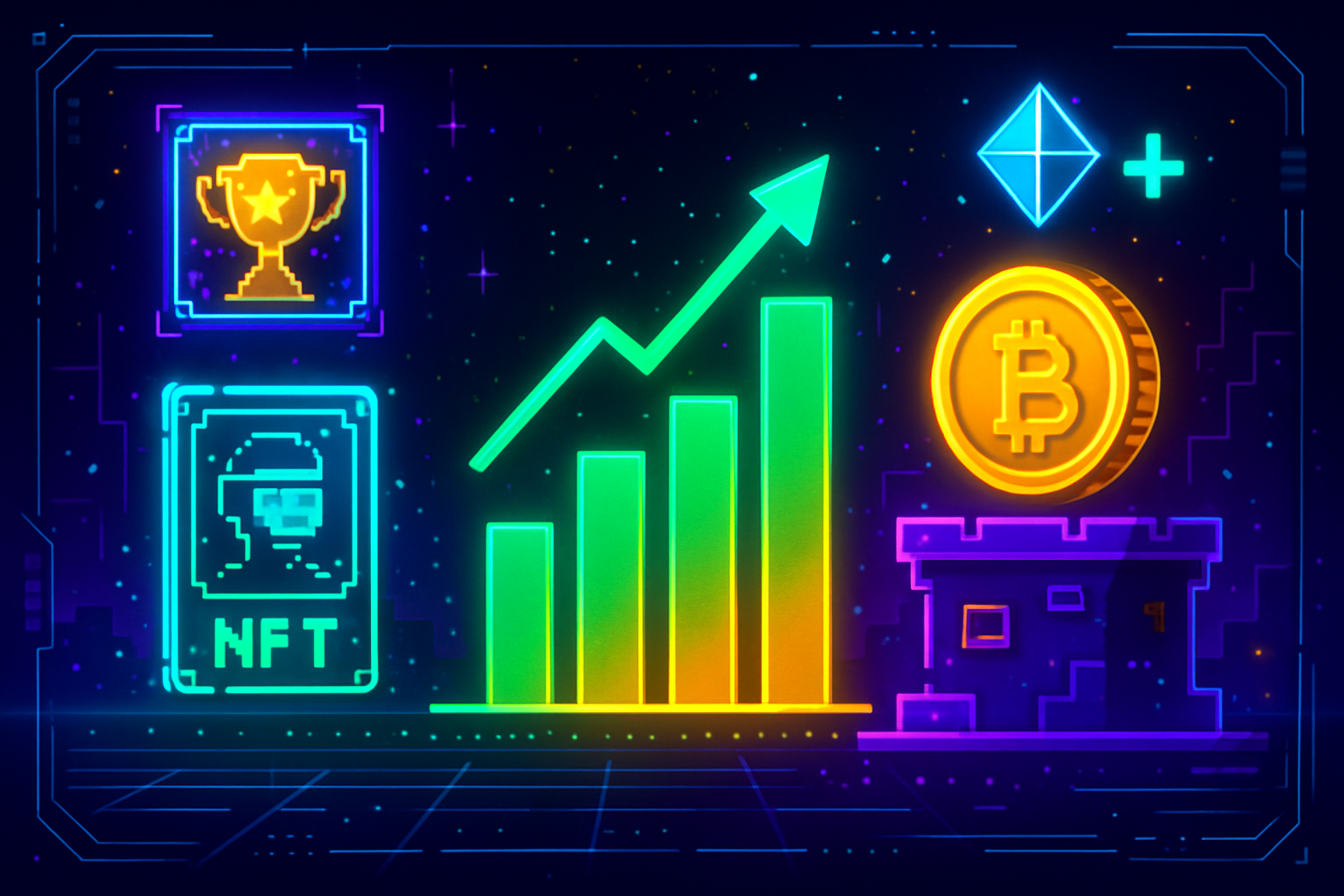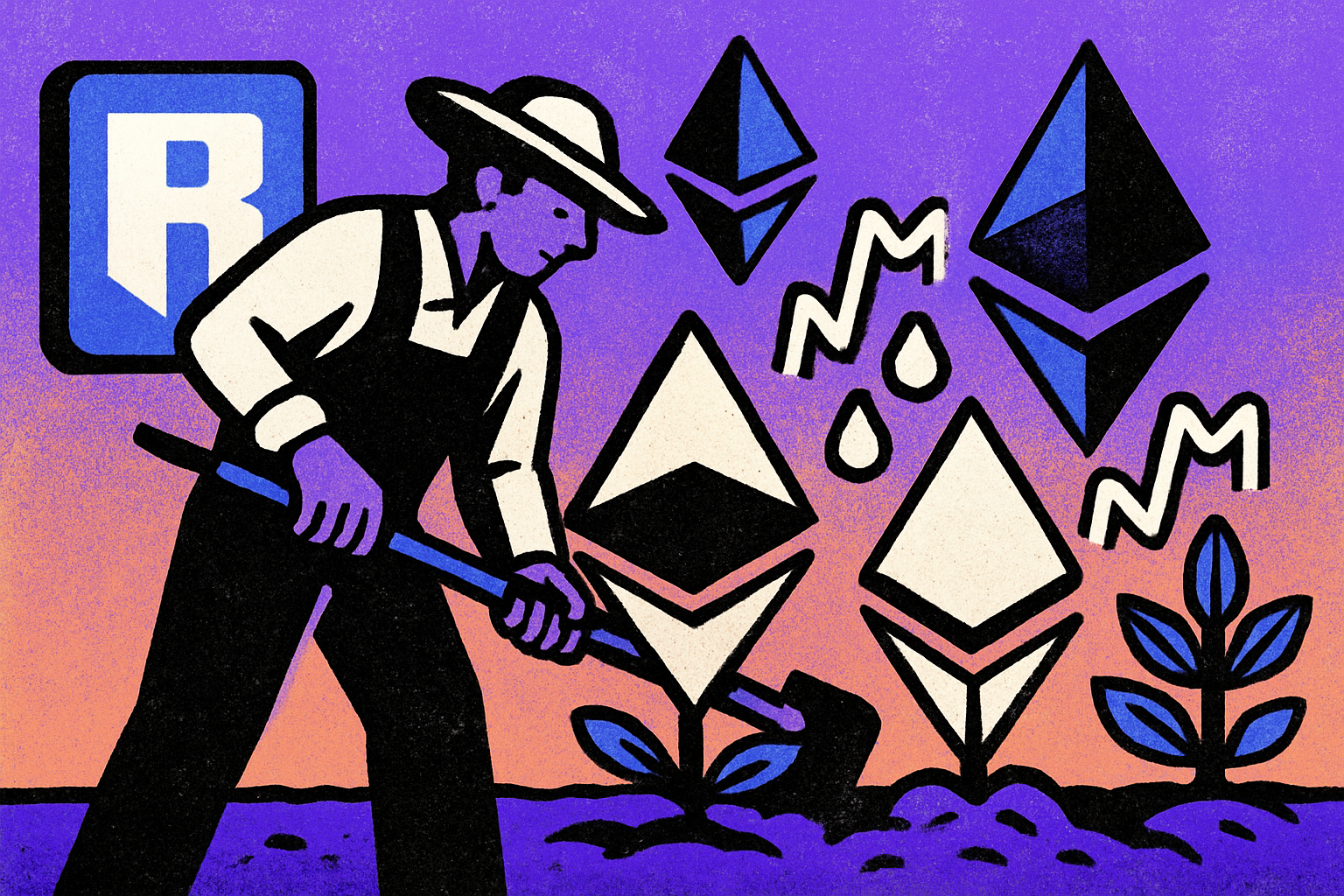
Ronin Network is entering a pivotal new era, transitioning from its origins as a sidechain for Axie Infinity to a full-fledged Ethereum Layer 2 (L2) powered by Optimism’s OP Stack. This move is more than a technical upgrade; it signals Ronin’s commitment to scalability, security, and developer empowerment in the rapidly evolving Web3 landscape. For developers and builders, understanding the implications of this OP Stack integration is essential for leveraging new opportunities and maintaining project continuity.
Why Ronin Is Migrating: From Sidechain to Ethereum L2
The decision to migrate Ronin Network to an Ethereum L2 is rooted in both necessity and ambition. As blockchain gaming and DeFi applications scale, the limitations of isolated sidechains become increasingly apparent, chief among them are security vulnerabilities, limited interoperability, and constrained developer resources. By adopting the OP Stack, Ronin aligns itself with a proven suite of tools also powering major chains such as Coinbase’s Base and Uniswap’s Unichain.
This integration means Ronin will inherit Ethereum’s robust security guarantees while joining Optimism’s Superchain, a collaborative network designed for shared liquidity, composability, and rapid innovation. According to official sources, block times are expected to shrink dramatically to 100,200 milliseconds, unlocking throughput of up to 1 million transactions per second. This leap positions Ronin as a premier destination for high-performance gaming and DeFi projects.
What Developers Need to Know About OP Stack Integration
The OP Stack is an open-source modular framework that standardizes L2 development on Ethereum. For developers already familiar with EVM-compatible environments, the transition should feel intuitive. Smart contracts can be deployed with minimal changes; existing dApps will continue functioning without interruption; and RON remains the native gas token post-migration.
But there are deeper advantages:
- Ecosystem Interoperability: Joining the Superchain means seamless interaction with other OP Stack chains, enabling cross-chain dApps, asset transfers, and shared infrastructure.
- Developer Incentives: The migration unlocks between $5 million and $7 million in milestone-based grants from partners like the Optimism Foundation and Eigen Labs. Additional support comes via access to the Superchain’s $OP Retro Fund (850 million $OP) and discounts on tooling.
- Security Upgrades: By inheriting Ethereum’s security model through Optimistic rollups, Ronin addresses prior vulnerabilities endemic to sidechains, offering developers greater confidence in deploying high-value applications.
This context is especially relevant for teams building games or DeFi protocols that demand both speed and safety at scale. For more on how these changes impact gaming dApps specifically, see our detailed guide: How Ronin Network’s Transition to Ethereum Layer 2 Using OP Stack Changes Web3 Gaming.
Performance Gains: Speed Meets Security
The numbers speak volumes about what this migration means for real-world usage. With block times projected at just 100,200 milliseconds, compared to previous averages, Ronin users can expect near-instant transaction finality even during periods of high network activity. This is particularly critical for blockchain games where lag or transaction delays can break immersion or impact gameplay fairness.
The current price of RON stands at $0.3356, reflecting renewed market confidence as these upgrades roll out. The improved performance isn’t just theoretical; it has direct implications for user experience in NFT marketplaces, play-to-earn economies, and DeFi protocols running atop Ronin L2.
This combination of speed and inherited mainnet-grade security makes Ronin’s upcoming L2 one of the most attractive platforms for ambitious builders looking to deploy next-generation Web3 applications.
For developers, the real value lies in how these enhancements translate into tangible opportunities. The OP Stack’s modularity enables quick iteration and composability, letting teams focus on game logic, user experience, and growth rather than wrestling with low-level infrastructure. The ability to interact seamlessly with other Superchain networks opens doors to collaborative projects, liquidity sharing, and cross-game asset interoperability, features that were previously out of reach for most sidechains.
Moreover, the migration is structured to minimize friction. Existing dApps and smart contracts will continue operating as before, but with the added assurance of Ethereum-level finality and fraud-proof mechanisms. For those concerned about developer tooling or onboarding hurdles, Ronin’s documentation has been overhauled to mirror EVM best practices and include step-by-step migration guides. These resources are designed to make the transition as straightforward as possible for both established projects and new entrants.
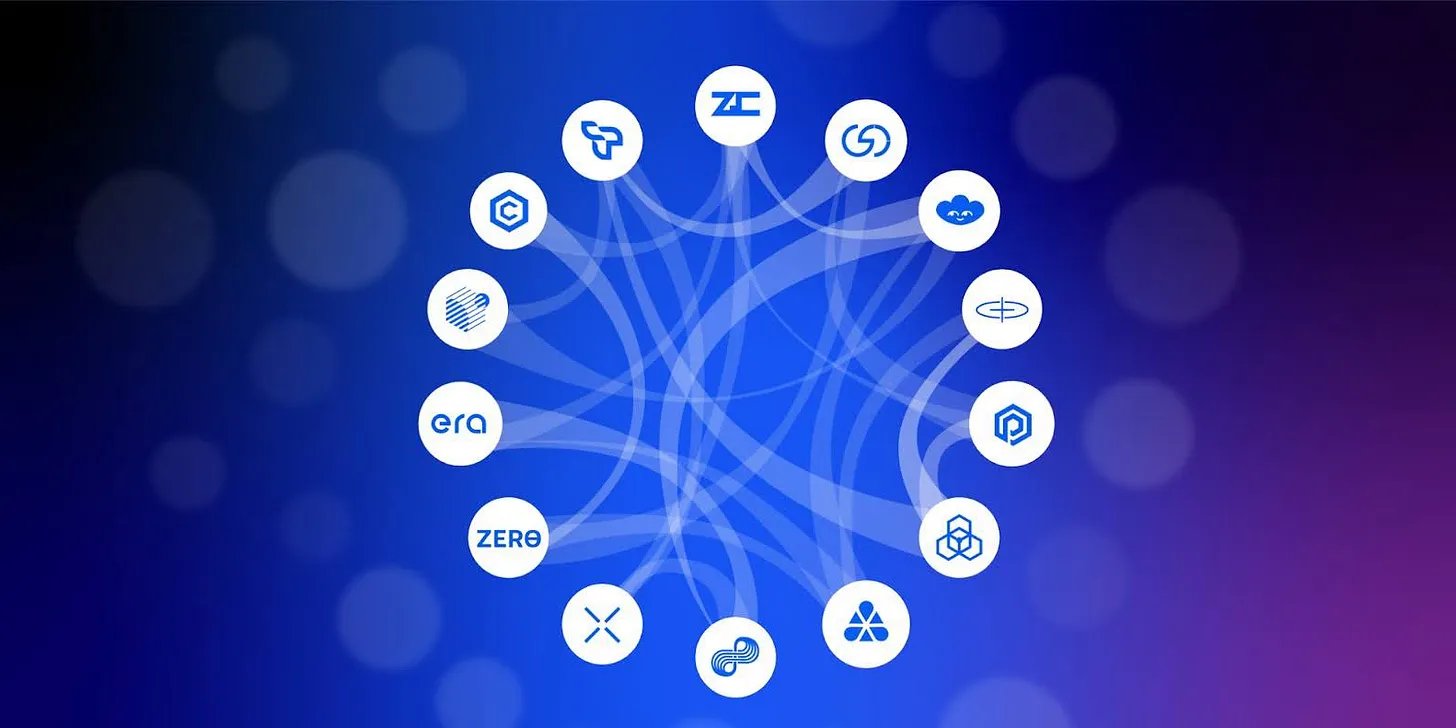
Developer Incentives: Grants, Retro Funding, and Infrastructure Discounts
The financial incentives available during this migration are among the most compelling in the L2 space. With milestone-based grants ranging from $5 million to $7 million, backed by heavyweights like Optimism Foundation and Eigen Labs, Ronin is actively courting ambitious builders. Access to the 850 million $OP Retro Fund further sweetens the deal for teams delivering measurable impact within the ecosystem.
Infrastructure providers are also stepping up: discounts on node services, analytics platforms, and security audits lower barriers for early-stage projects. This holistic approach ensures that developers are not just incentivized at launch but supported throughout their build-and-scale journey.
What’s Next? Migration Timeline and Key Milestones
The Ronin L2 migration is scheduled for completion between Q1 and Q2 of 2026. The phased rollout allows ample time for rigorous testing, community feedback loops, and incremental onboarding of partner projects. For teams aiming to align their own launches or updates with network milestones, it’s wise to monitor official channels closely for testnet releases and grant application windows.
Given market momentum, RON currently trades at $0.3356, up and $0.006410 (or and 0.0195%) over 24 hours, the community’s enthusiasm is clear.
For a technical deep-dive on how Ronin leverages OP Stack alongside EigenDA for breakthrough throughput, see our coverage at How Ronin L2’s OP Stack and EigenDA Enable 1M TPS: A Technical Guide for Developers.
Final Considerations: Building on Ronin L2 in 2026
As we approach full mainnet deployment next year, developers should prioritize codebase audits against updated security models and review new documentation around rollup economics. Participation in grant programs can provide non-dilutive capital for experimentation or scaling successful products beyond their current user base.
This transition isn’t just a backend upgrade, it repositions Ronin as a first-class citizen within Ethereum’s broader scaling roadmap while preserving its identity as a gaming-first blockchain.
To stay ahead of evolving standards or explore integration strategies further, check out our ongoing analysis at Ronin Network’s OP Stack Upgrade: What Ethereum L2 Means for Web3 Gaming and Developers.
